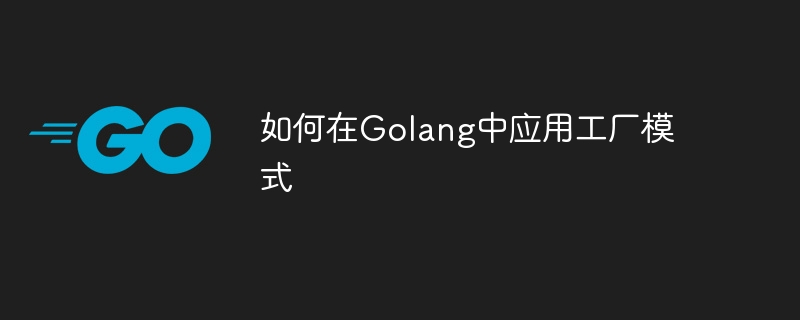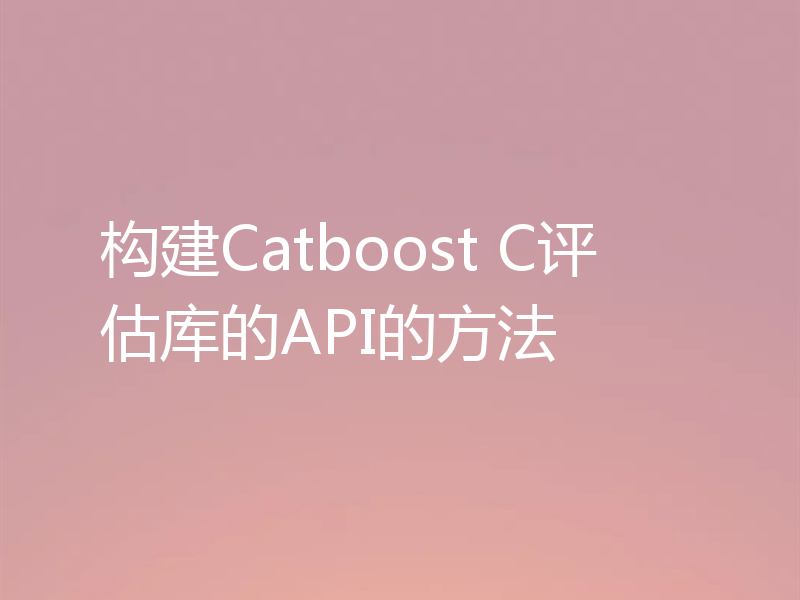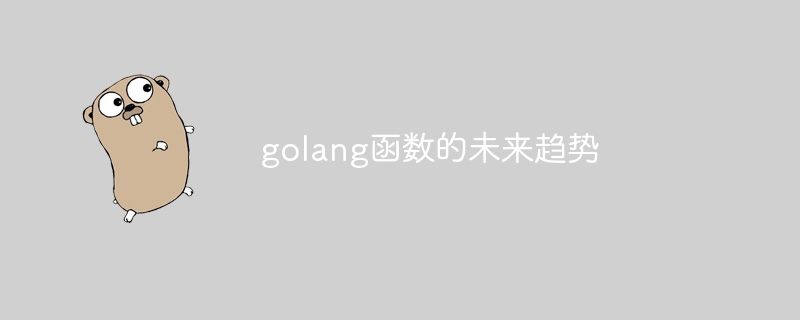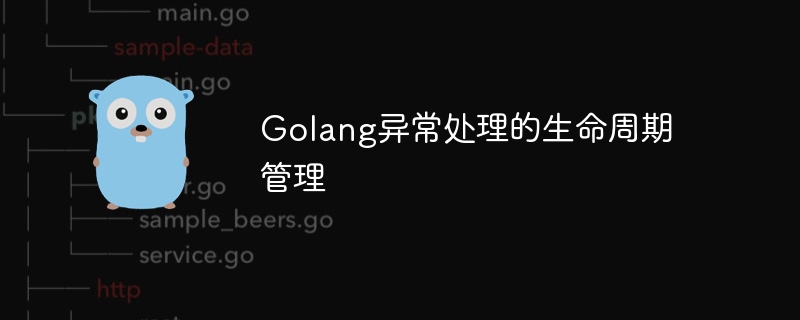工厂模式在 Go 中,工厂模式允许创建对象,无需指定具体类:定义一个表示对象的接口(例如 Shape)。创建实现该接口的具体类型(例如 Circle 和 Rectangle)。创建工厂类,根据给定的类型创建对象(例如 ShapeFactory)。在客户端代码中使用工厂类创建对象。这种设计模式增强了代码的灵活性,无需直接耦合到具体类型。

简介
工厂模式是一种设计模式,它允许我们在不指定具体类的情况下创建对象。这可以通过创建一个工厂类来实现,该类负责创建和返回具有特定接口的对象实例。
实施
在 Golang 中,我们可以使用 interface{} 和 type 创建工厂模式。首先,我们需要定义一个接口来表示我们将创建的对象。让我们以创建一个形状工厂为例:
type Shape interface {
Area() float64
Perimeter() float64
}接下来,我们需要创建具体形状的类型,它们实现了 Shape 接口:
type Circle struct {
radius float64
}
func (c *Circle) Area() float64 {
return math.Pi * c.radius * c.radius
}
func (c *Circle) Perimeter() float64 {
return 2 * math.Pi * c.radius
}type Rectangle struct {
length float64
width float64
}
func (r *Rectangle) Area() float64 {
return r.length * r.width
}
func (r *Rectangle) Perimeter() float64 {
return 2 * (r.length + r.width)
}工厂
现在我们可以创建工厂类,负责根据给定的类型创建形状对象:
type ShapeFactory struct{}
func (f *ShapeFactory) CreateShape(shapeType string) Shape {
switch shapeType {
case "circle":
return &Circle{}
case "rectangle":
return &Rectangle{}
default:
return nil
}
}实战案例
在我们的案例中,我们可以在客户端代码中使用工厂类来创建形状对象:
factory := &ShapeFactory{}
circle := factory.CreateShape("circle")
circle.radius = 5
fmt.Println("Circle area:", circle.Area())
rectangle := factory.CreateShape("rectangle")
rectangle.length = 10
rectangle.width = 5
fmt.Println("Rectangle area:", rectangle.Area())输出结果:
Circle area: 78.53981633974483 Rectangle area: 50
结论
通过使用工厂模式,我们能够在不指定具体形状的情况下创建形状对象。这使我们的代码更加灵活和可维护。





